Table of content
Introduction
In the vast world of plant-based foods, two root vegetables often find themselves at the center of culinary curiosity and confusion: konjac (Amorphophallus konjac) and taro (Colocasia esculenta). Both belonging to the Araceae family, these tuberous plants share similar appearances and culinary uses, yet they differ significantly in nutritional value, texture, and handling requirements. Understanding the distinctions between konjac and taro is crucial for anyone interested in cooking, nutrition, or simply avoiding misunderstandings at the grocery store. This comprehensive guide aims to demystify these two plants, providing insights into their botanical characteristics, culinary applications, health benefits, and practical tips for identification and preparation.
Botanical Characteristics
Konjac (Amorphophallus konjac)
Konjac, also known as devil’s tongue or elephant foot yam, is native to Asia, particularly China, Japan, and Korea. It grows primarily in mountainous regions with cool, moist climates. The plant produces a large, corm-like tuber that can weigh several kilograms. The skin of a konjac root is typically brown or grayish-brown, with a rough, knobby exterior. When sliced open, the flesh is white, starchy, and somewhat translucent.
Konjac is unique in that it contains a high concentration of glucomannan, a water-soluble polysaccharide that gives the tuber its gel-forming properties. This compound is responsible for konjac’s use in various food products, including shirataki noodles, a popular low-calorie, low-carb alternative to pasta.
Taro (Colocasia esculenta)
Taro, often referred to as dasheen or eddoe, is native to tropical and subtropical regions of Asia, Africa, and the Americas. Unlike konjac, taro thrives in warm, wet environments and is cultivated worldwide for its edible corm. The taro corm is usually larger and more elongated than konjac, with a smoother, sometimes glossy exterior that can range in color from light brown to dark purple, depending on the variety.
The flesh of taro is dense and starchy, with a creamy texture and mild, slightly sweet flavor. Unlike konjac, taro does not contain significant amounts of glucomannan, making its culinary applications somewhat different. Taro is a staple food in many cultures, particularly in the Pacific Islands and parts of Africa and Asia, where it is used in a variety of dishes, from boiled and mashed to fried and baked.
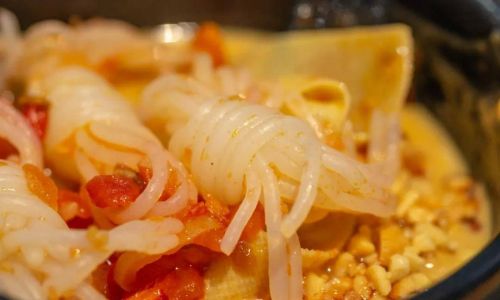
Nutritional Profiles
Konjac
Konjac’s nutritional highlight is its high glucomannan content, which offers several health benefits. Glucomannan is a soluble fiber that swells when exposed to water, creating a feeling of fullness and aiding in weight management. It also promotes healthy digestion by improving stool bulk and reducing constipation. Additionally, konjac is low in calories, carbohydrates, and fats, making it an ideal choice for those following low-carb or weight-loss diets.
However, it’s important to note that konjac roots themselves, when consumed raw or improperly prepared, can cause throat irritation and digestive discomfort due to their high fiber content and potential for forming gels in the digestive tract. Therefore, it’s crucial to cook konjac thoroughly before eating.
Taro
Taro is a nutrient-dense food, rich in complex carbohydrates, dietary fiber, vitamins (particularly vitamin C and B vitamins), and minerals (such as potassium, magnesium, and iron). Its high fiber content supports digestive health, while its vitamins and minerals contribute to overall well-being. Taro is also a good source of resistant starch, a type of fiber that ferments in the gut, promoting the growth of beneficial bacteria and enhancing gut health.
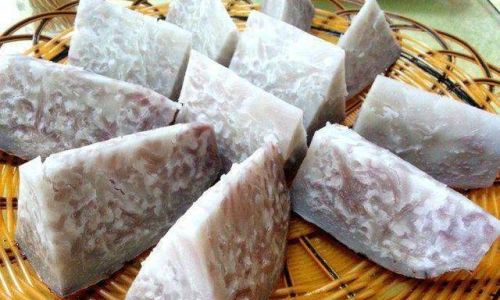
Despite its nutritional benefits, taro contains oxalates, compounds that can bind with calcium in the body and potentially increase the risk of kidney stones in susceptible individuals. Therefore, those with kidney issues or a history of oxalate-related problems should consume taro in moderation.
Culinary Applications
Konjac
Konjac’s unique gel-forming properties make it ideal for creating low-calorie, low-carb food products. Shirataki noodles, made from konjac flour, are a prime example. These noodles are lightweight, gluten-free, and versatile, suitable for a variety of dishes, from stir-fries and soups to salads and pasta replacements.
Konjac can also be used as a thickener in cooking, similar to cornstarch or arrowroot. Its ability to absorb and retain water makes it useful in creating creamy textures in vegan desserts and sauces without adding significant calories.
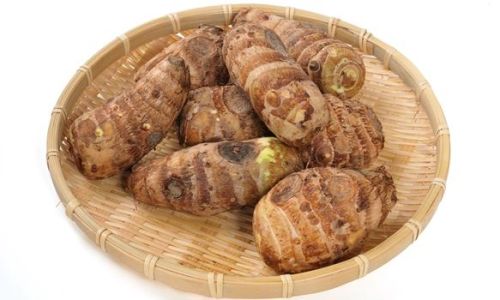
Taro
Taro’s versatility in the kitchen is unmatched. Its creamy texture and mild flavor make it an excellent base for mashes, purees, and soups. In Hawaii, poi, a traditional dish made by pounding and fermenting taro corms, is a staple food. Taro can also be boiled, roasted, grilled, or fried, and its leaves are edible, often used in wraps or cooked like spinach.
In many cultures, taro is a key ingredient in festive dishes, symbolizing prosperity and abundance. Its ability to be transformed into flour also makes it a valuable component in gluten-free baking, adding moisture and nutrition to breads, cakes, and cookies.
Identification and Preparation Tips
Identification
- Appearance: Konjac roots tend to be smaller and more irregular in shape, with a rough, knobby exterior. Taro roots are larger, smoother, and more elongated, with a glossy skin that can vary in color.
- Texture: When sliced, konjac flesh is translucent and starchy, while taro flesh is creamy and dense.
- Labeling: Always check product labels carefully, especially when purchasing pre-packaged items. Ensure that the packaging clearly identifies the product as either konjac or taro.
Preparation
- Konjac: Due to its potential for throat irritation, konjac should be cooked thoroughly before consumption. Soaking konjac roots in water for a few hours before cooking can help reduce their stickiness and improve texture.
- Taro: While taro is generally safe to eat raw (though cooking enhances its flavor and digestibility), its skin and sap can cause skin irritation in some individuals. It’s advisable to wear gloves when handling raw taro and to peel it under running water to minimize contact with the sap.
Conclusion
In summary, konjac and taro, despite their superficial similarities, are distinct plants with unique nutritional profiles and culinary uses. Konjac, known for its high glucomannan content, excels in creating low-calorie, low-carb food products like shirataki noodles, while taro, with its creamy texture and nutrient-dense profile, is a versatile ingredient in traditional and modern cuisines.

By understanding their botanical characteristics, nutritional benefits, and culinary applications, you can make informed choices when incorporating these plants into your diet. Proper identification and preparation techniques will ensure that you enjoy their unique flavors and textures while minimizing any potential risks associated with their consumption.
Whether you’re exploring new culinary frontiers or simply seeking to diversify your plant-based diet, konjac and taro offer exciting opportunities to enhance your meals with health, flavor, and cultural diversity. Happy cooking!
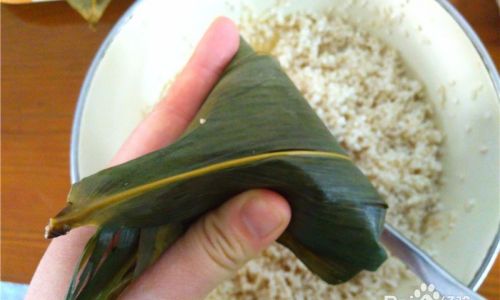
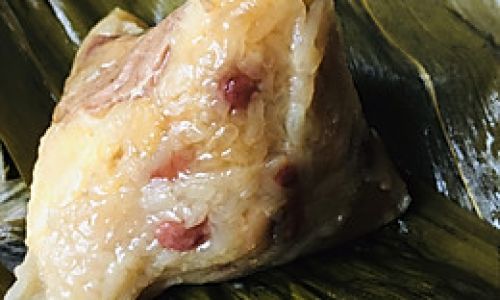
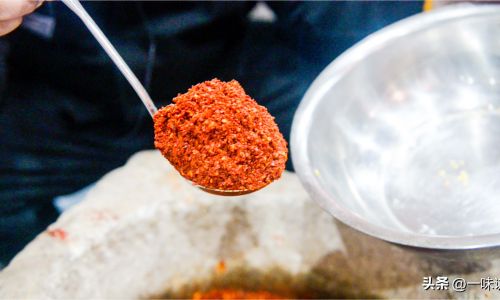
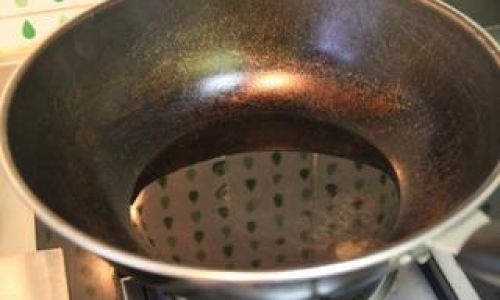

0 comments